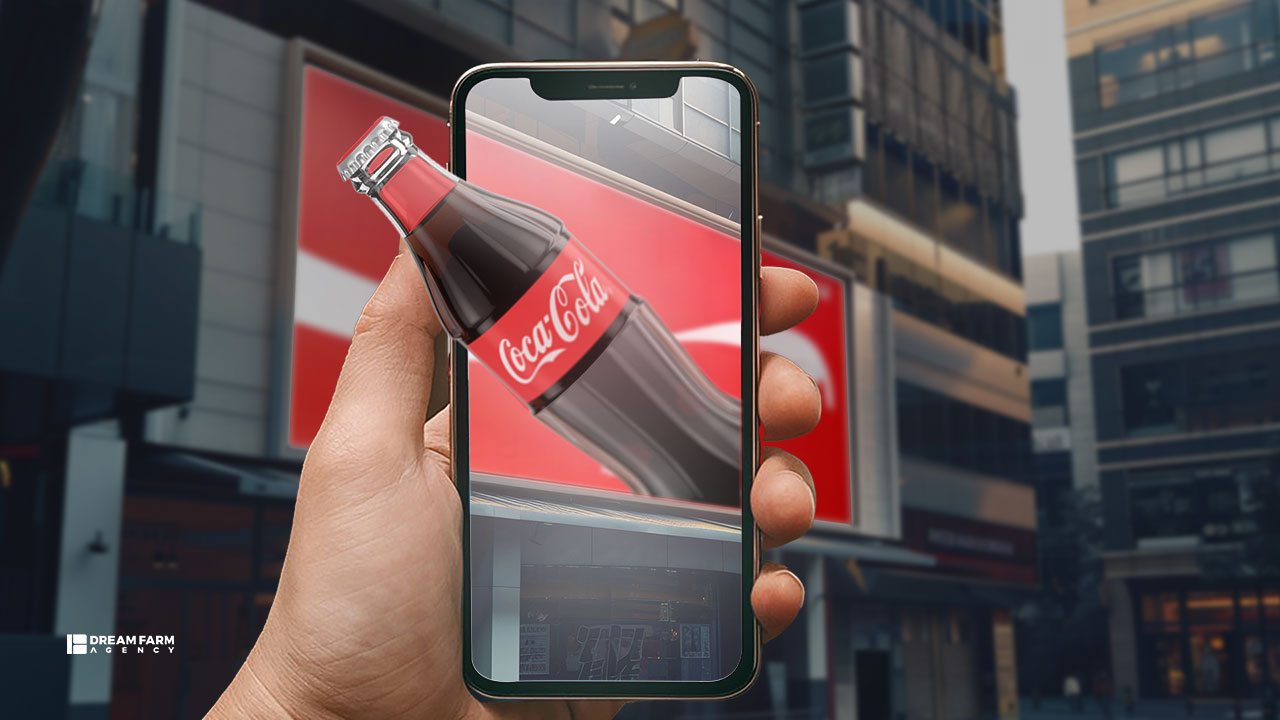
The more you follow marketing trends, the more you will realize that traditional branding doesn’t cut it anymore. Branding foundations like a well-designed logo, a catchy tagline, thought-out visual and verbal identities, etc. still go a long way in making your brand stand out, but your competitors are going even further.
That’s where interactive branding comes in. This is a dynamic approach to how your brand engages with the audience. It’s about meshing the brand with memorable experiences, building relationships with every individual audience member, and forming a truly active community.
So, without further ado, let’s explore interactive branding and how brands are already using it.
Understanding Interactive Branding
Interactive branding builds on top of traditional branding. To understand the former, let’s compare them as two separate paradigms about the dynamics of a brand and its audience.
Traditional branding is much like a monologue: the brand says something, and the audience listens. From print ads to flashy billboards, it has worked and gotten better over decades. However, today’s consumers aren’t as passive as they used to be a long time ago.
Interactive branding, on the other hand, thrives on dialogue. Thanks to everyday advances in technology and communication channels everywhere, interactive brands speak to a hundred people in a hundred unique ways, listen intently, and adjust a hundred times based on what every audience member needs. The core values in interactive branding are real-time interaction, personalization, and active engagement.
Remember that these two paradigms are different but complementary. You can’t have one without the other. Let’s say you, as a person, are the clerk of your own boutique. (You can also pick any job that involves many interactions with many people!)
- Traditional branding is like when you’re at home, figuring out your values, who you want to become in life, what you like or dislike, how you’ll talk to people, etc. You’re alone, so you’re talking to yourself and figuring out what rings true to you.
- Interactive branding is when you’re at the boutique, talking to 300 people a day and hearing 300 opinions and complexities to cater to. You want your boutique to succeed, so you want to engage with customers and genuinely care for each of them.
Key Components of Interactive Branding
You have done your traditional branding and are ready to embrace interactivity. The problem is that “interactive branding” is such a vague word.
Let’s break it down to its essentials!
Customers’ Active Participation
Traditional branding is engaging. We already know that.
But do those engagements lead to a connection with the brand itself? Usually, not at an optimum rate.
Active customer participation is at the heart of interactive branding. The key here is for customers to engage deeply with your brand, not just your brand representatives. But what makes a deep engagement with the brand?
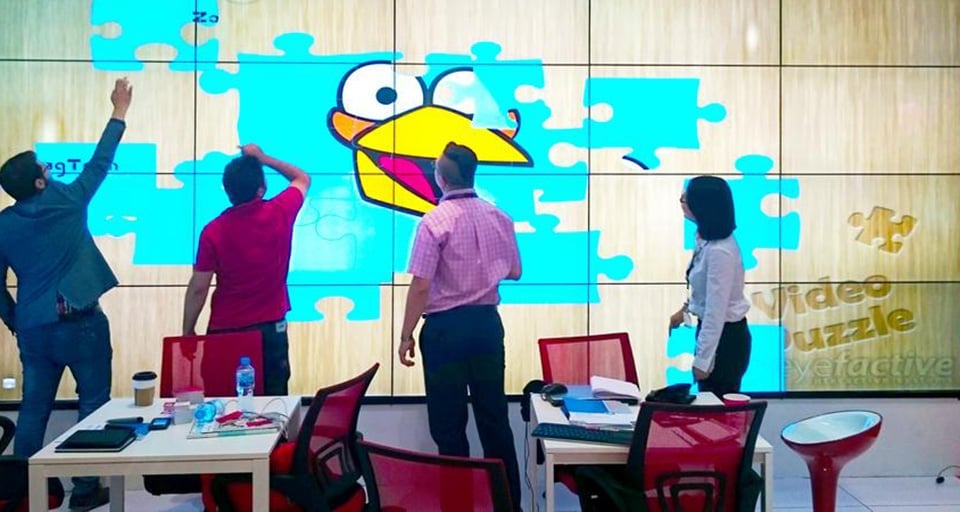
Participation takes many forms across every touchpoint, from mainstream quizzes and comments to innovative VR experiences and physical events. Some of these turn out to be generic, while others (when used with an effective strategy) can lead to more quality time with the brand.
Start by understanding your audience. Your aim is to seize every opportunity to allow customers to take charge and talk directly to you. (You will later respond to them with valuable experiences you can provide.) You need to know not just their needs but also their fancies, their idea of fun, and the extra mile they would go to get a personalized piece of your brand.
Personalization
As a person, it makes the people around you feel at ease and safe if you pay them personalized attention. (Like remembering a birthday, getting them their favorite coffee, etc.)
Brands are similar, except they can be omnipresent and have infinite energy. An interactive campaign can run, interact with people, and personalize 24/7 all around the world.
If customer engagement is the heart of interactive branding, personalization is the brain. It’s how you can make every audience member seen and heard and empower them to make their own experience of your brand.
You might ask yourself if that’s duplicitous. Should you make your brand seem like something else? Absolutely not. That’s part of why we said interactive branding is built on top of traditional branding, and you should respect brand values, vision, and guidelines in all interactive experiences. You can make the most engaging, personalized, and interactive campaign, but people will see right through it if it’s not in line with the essence of your brand.
So, how should you personalize? Keep the brand guidelines in mind, then leverage data and technology. It’s incredible how many forms personalization can take! To get a better idea, you can review some interactive experiences.
In the age of information overload, personalization is vital for brands to stand out. Interactive branding leverages data and technology to create personalized experiences that resonate with individual consumers. It’s about delivering the right message to the right person at the right time in a way that feels authentic and relevant.
Real-Time Interaction
Isn’t it more exciting when you don’t have to wait for everything to happen? Take video games as an example. Most of today’s AAA games don’t have a lot of annoying load screens anymore, and they rely on heavy-duty hardware to render scenes and landscapes in real time to provide the player with a more realistic experience.
Interactive branding is the same way. It’s important for customers to get instant feedback for every interaction. Otherwise, nothing is so different than it used to be! You put a coin in a vending machine, it takes its time, and gives you a soda. You fill out some forms, wait for a while, and a specialist will get back to you in an email. These are technically interactions, but they’re far from interactive branding.
Real-time interactions are the last essential element in becoming an interactive brand. You need meaningful, tailored interactions that happen now. Think of live events, fast-paced conversations, AR and VR experiences, a customer challenging an AI model, and the ever-online social media.
As a plus, these interactions can give you more data and insight, which should feed back into your strategy and personalization efforts.
Bonus: Multisensory Design
Let’s also note that most interactive branding efforts are multisensory. The first key component is for customers to actively participate in your campaigns. What better way to gain that participation than by making them completely immersive?
If you take a look at the examples below or in our other blog posts, you’ll see that the pro tip is also widely used and understood from immersive branded environments (like the ongoing Today at Apple campaign) to full-blown games!
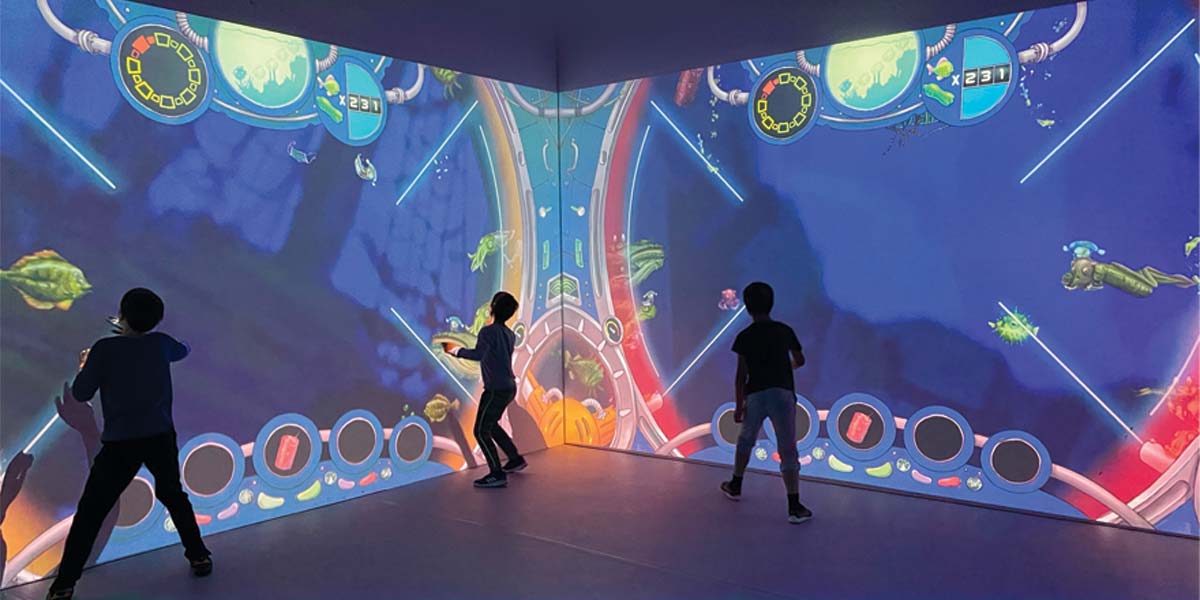
Again, note that this one isn’t absolutely essential for every interactive effort but it’s recommended.
Strategies for Implementing Interactive Branding
Now that you know what makes an interactive brand, it’s time to use the tools at your disposal and make a strategy to become interactive. Let’s take a look at each in turn.
Interactive Technologies
Interactive exhibitions and campaigns usually rely on their own technologies like touchscreens, VR headsets, AR apps, geolocation, etc.
You won’t fit the new definition of interactivity if you solely use social media to get people to do something. (Namely, because most brands are already doing that, and most brands aren’t interactive!)
Social media and video games are indeed inherently interactive, and that’s why they’re used a lot in interactive branding. We’ll get to them right after we talk about your content. Interactive technology and content will be the pillars of your efforts, while everything else (including social media and games) can be powerful tools and strategies.
Interactive Content
Any marketer worth their salt has at least once heard “content is king,” and for good reason. While content creation isn’t strictly a branding matter, your brand book 2.0 should include guidelines and projections on what content goes best with your new, interactive brand.
If you have the infrastructure and technology for interactivity, you’ll need content that matches. Everything displayed on interactive screens, walls, or within AR/VR environments becomes an example of engaging, interactive content.
Think of content here in the broad sense of the word; it can be anything that sits at the heart of an interactive campaign.
We advise you to brainstorm for any and all ideas that can engage and entertain your audience, then pick the ones that go well with your budget.
Utilizing Social Media
Ever since the start of the century, every noteworthy interactive campaign has used or appeared on social media. Think about it: social media inherently welcomes every component of interactive branding we mentioned above, and it’s a personalized touchpoint by default. Every customer’s feed is their own, so everyone sees what might interest them. (That’s why doomscrolling is a thing!) Be part of that feed, and you’re in to say your piece.
Another essential feature of social media is all the comments and messages, which let everyone voice their opinions. Remember how we said interactive branding is like a dialogue? Social media is exactly the place for customers to talk to you and each other (about you). All you need is to be present with a strategy and to listen intently.
So, identify which social media channels will be most important to your branding efforts, then develop a foolproof strategy for how much time and effort you’ll spend, the KPIs, and the content plan for each platform. Don’t underestimate the power of user-generated content (UGC) either; have an action plan for what forms it could take and how you would respond.
Gamification
Gamification is a powerful strategy in interactive branding. It’s when you integrate gaming elements into non-game contexts, and it does wonders for audience motivation and engagement.
Think of the badges and pop quizzes on your favorite learning app! Gamification can also go to much more immersive depths. For example, you could create a VR experience and reward users for how much they participate or how quickly they find their way to the next level.
When done correctly, gamification can be the transformative element of any campaign. Games have long tapped into the human desire for achievement, competition, and social interaction. Why not satisfy those desires with your brand?
Examples of Successful Interactive Branding
With the basics covered, let’s see some real-life interactive branding in action. We’ll talk about two campaigns from two brands here. (It’s up to you to go find their other initiatives in becoming interactive!)
GMC: Cutting-Edge Interactivity
Let’s take a look at GMC’s use of facial recognition technology in their digital out-of-home (OOH) advertising campaign. They installed a camera with facial rec technology above a billboard of theirs in Santa Monica Place, a crowded shopping mall. As people approached the billboard, it identified individual characteristics and played one of 30 pre-recorded videos tailored specifically to that person. (The videos were of an actor that said things like “I see you’ve brought the kids!” and took out some toys or “You again! Coincidence? Or a perfect match?” while pointing at GMC’s SUV.)
This high level of personalization not only captivated viewers but also made each interaction unique and memorable. The campaign got next-gen audience engagement for GMC and demonstrated that they were committed to using cutting-edge technology for a better brand experience.
See a video of it for yourself:
Pepsi: Exemplary Interactive Branding
Speaking of a great brand experience, Pepsi is also a prime example. The company is simply full of ideas from the Pepsi Challenge to PepsiMoji to limited-edition bottles.
One example in particular stands out for this article, the Pepsi Max Unbelievable Bus Shelter. This campaign transformed good old bus shelters into places to have an immersive experience in, all thanks to AR technology.
Here’s how it went down: an unsuspecting passenger sat down on the bench, then all hell broke loose on the other side of the shelter’s glass! A tiger walked toward the shelter, UFOs descended from the sky, a giant robot loomed closer, etc. all seamlessly integrated into the real environment on the other side of the glass.
The campaign certainly left a lasting impression while fitting right in with the fun, adventurous image we have of Pepsi as a brand. Here’s the whole video:
Conclusion
Interactive branding is becoming increasingly essential for brands to stay relevant and engaging in today’s world. Traditional branding elements like logos, taglines, etc., remain important but are no longer enough.
Interactive branding creates dynamic, memorable experiences for individual audience members and helps further brand loyalty and advocacy. In this piece, we covered the essentials of interactive branding and the major strategies that can’t be ignored. Then, we dug a little deeper with three lesser-known interactive brands. If you would like to be one of those, get in touch with us!
Arya

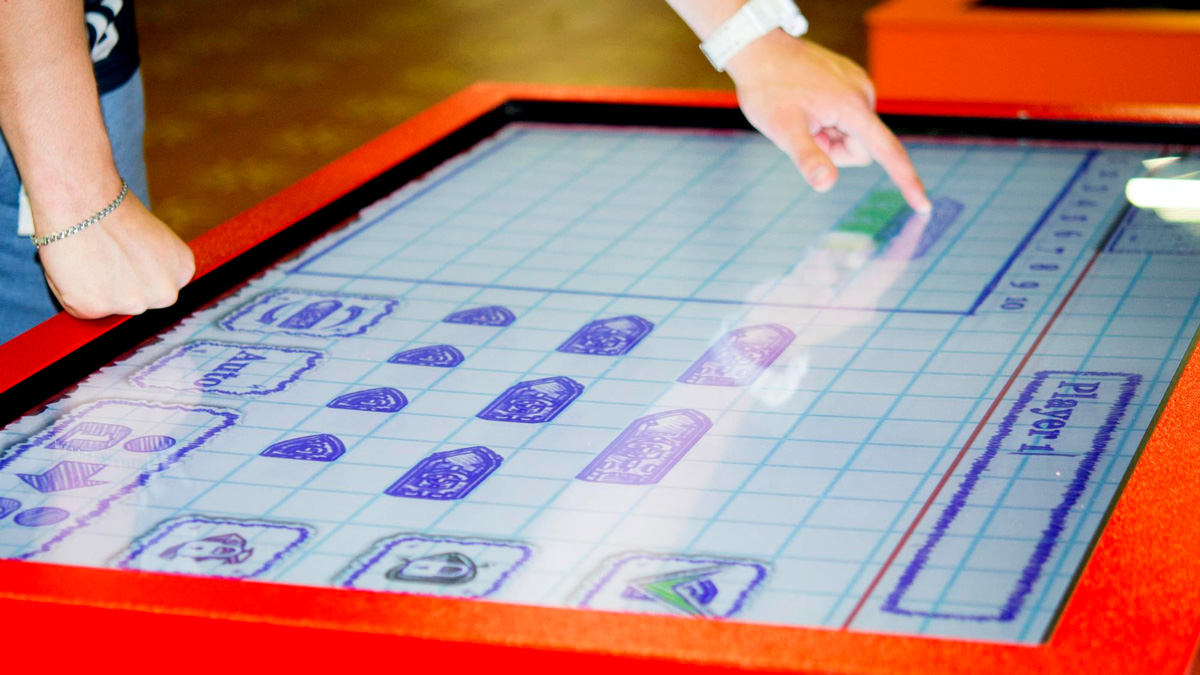

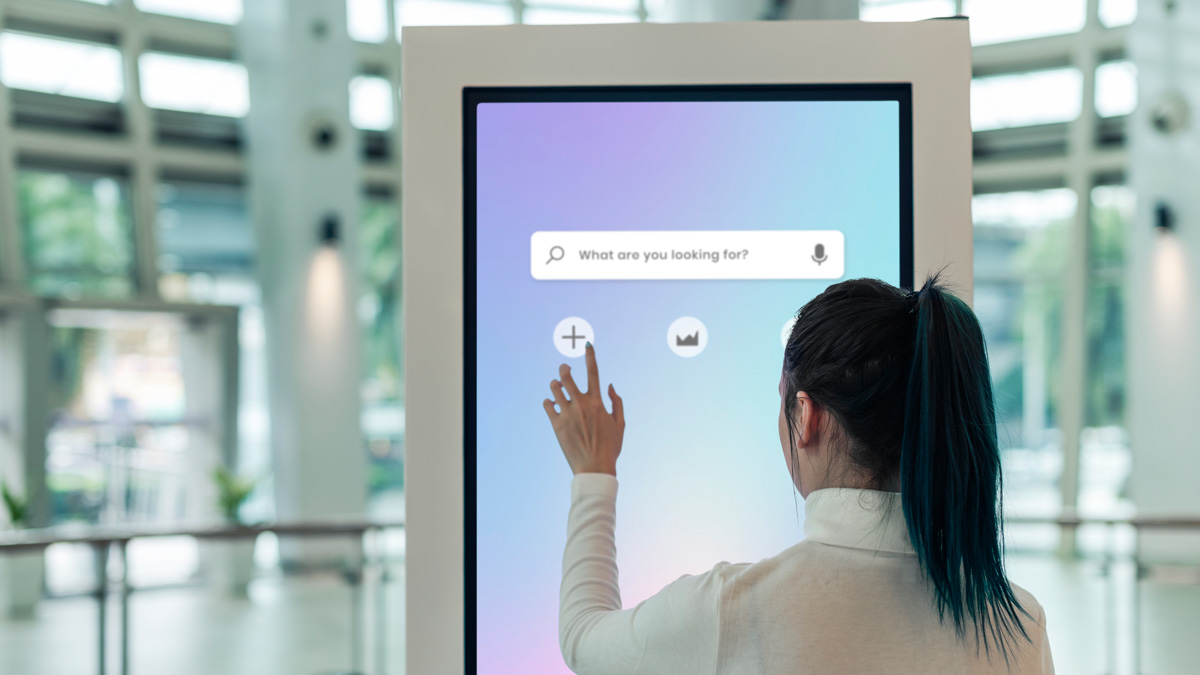
What specific strategies would you recommend for businesses starting with this approach?
Focus on interactive tech, engaging content, social media, and gamification to boost participation and personalization.